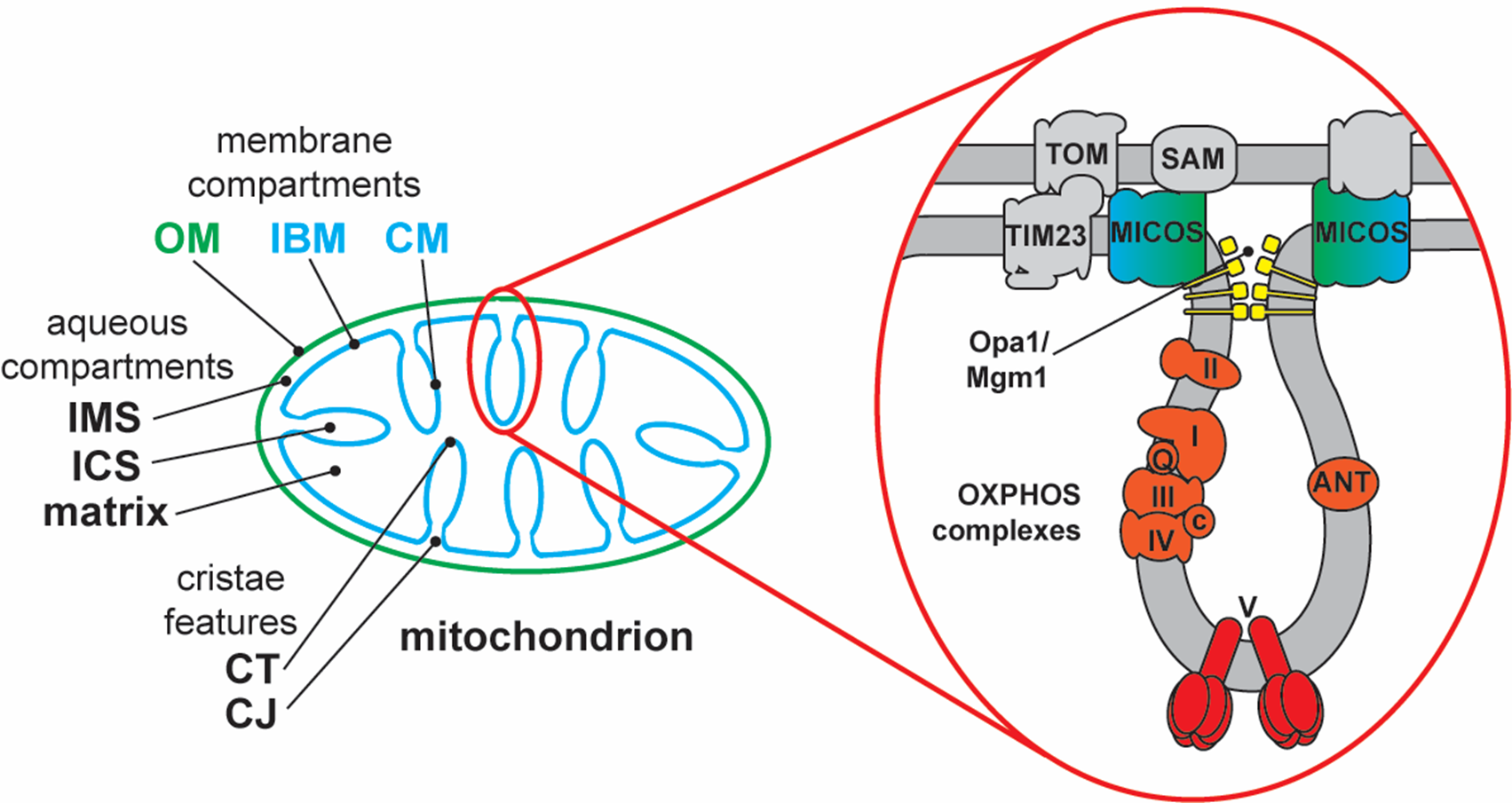You are here
Mitochondria-targeted Interventions for Neurodegenerative Diseases
Speakers
Abstract
The general area of research interest in the Alder Laboratory is on the role of mitochondria in human health and disease. Our work is highly cross-disciplinary, using a range of biophysical, structural, and biochemical techniques with reductionist models, organelle, and cell-based approaches. Using these myriad approaches, we focus on multiple aspects of mitochondrial structure and function. The first focus is on the oxidative phosphorylation (OXPHOS) system that harnesses ion gradients across the mitochondrial inner membrane (MIM) to synthesize and traffic ATP. This work addresses the structure and function of key complexes of the electron transport chain, the F1FO ATP synthase, and the adenine nucleotide transporter (ANT). The second focus is on the mitochondrial protein import machinery that mediates the biogenesis of the roughly 1500 different proteins that make up the mitochondrial proteome. Specifically, we work on the TIM23 complex of the MIM, which mediates the translocation and membrane integration of nuclear-encoded mitochondrial proteins. The third focus is on mitochondrial morphology, which is determined by several factors including lipids and protein complexes. This work employs a range of advanced imaging techniques to probe general mitochondrial morphology and cristae architecture under different conditions of stress. The final focus is on the interactions between mitochondria and other cellular organelles. Our particular interest is on the flux of ions and metabolites that occurs among mitochondria, the cytosol, and the endoplasmic reticulum. Based on these research interests, the overall objective of this research program is to understand the basic biology of mitochondrial dysfunction that is associated with aging and heritable disorders, and to investigate the mechanism of action of different mitochondria-targeted therapeutic interventions that are designed to mitigate defects in mitochondria.


